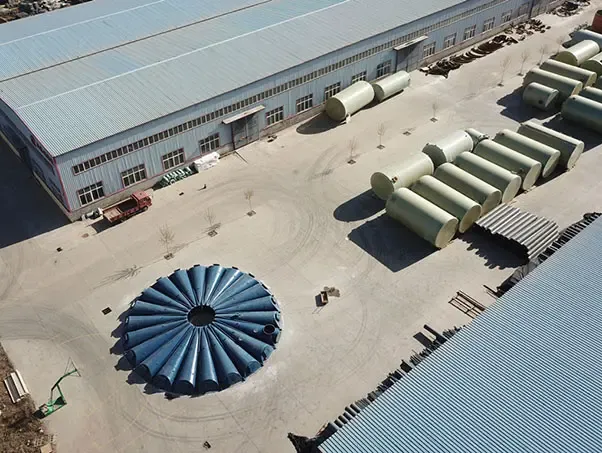
-
 Afrikaans
Afrikaans -
 Albanian
Albanian -
 Amharic
Amharic -
 Arabic
Arabic -
 Armenian
Armenian -
 Azerbaijani
Azerbaijani -
 Basque
Basque -
 Belarusian
Belarusian -
 Bengali
Bengali -
 Bosnian
Bosnian -
 Bulgarian
Bulgarian -
 Catalan
Catalan -
 Cebuano
Cebuano -
 China
China -
 China (Taiwan)
China (Taiwan) -
 Corsican
Corsican -
 Croatian
Croatian -
 Czech
Czech -
 Danish
Danish -
 Dutch
Dutch -
 English
English -
 Esperanto
Esperanto -
 Estonian
Estonian -
 Finnish
Finnish -
 French
French -
 Frisian
Frisian -
 Galician
Galician -
 Georgian
Georgian -
 German
German -
 Greek
Greek -
 Gujarati
Gujarati -
 Haitian Creole
Haitian Creole -
 hausa
hausa -
 hawaiian
hawaiian -
 Hebrew
Hebrew -
 Hindi
Hindi -
 Miao
Miao -
 Hungarian
Hungarian -
 Icelandic
Icelandic -
 igbo
igbo -
 Indonesian
Indonesian -
 irish
irish -
 Italian
Italian -
 Japanese
Japanese -
 Javanese
Javanese -
 Kannada
Kannada -
 kazakh
kazakh -
 Khmer
Khmer -
 Rwandese
Rwandese -
 Korean
Korean -
 Kurdish
Kurdish -
 Kyrgyz
Kyrgyz -
 Lao
Lao -
 Latin
Latin -
 Latvian
Latvian -
 Lithuanian
Lithuanian -
 Luxembourgish
Luxembourgish -
 Macedonian
Macedonian -
 Malgashi
Malgashi -
 Malay
Malay -
 Malayalam
Malayalam -
 Maltese
Maltese -
 Maori
Maori -
 Marathi
Marathi -
 Mongolian
Mongolian -
 Myanmar
Myanmar -
 Nepali
Nepali -
 Norwegian
Norwegian -
 Norwegian
Norwegian -
 Occitan
Occitan -
 Pashto
Pashto -
 Persian
Persian -
 Polish
Polish -
 Portuguese
Portuguese -
 Punjabi
Punjabi -
 Romanian
Romanian -
 Russian
Russian -
 Samoan
Samoan -
 Scottish Gaelic
Scottish Gaelic -
 Serbian
Serbian -
 Sesotho
Sesotho -
 Shona
Shona -
 Sindhi
Sindhi -
 Sinhala
Sinhala -
 Slovak
Slovak -
 Slovenian
Slovenian -
 Somali
Somali -
 Spanish
Spanish -
 Sundanese
Sundanese -
 Swahili
Swahili -
 Swedish
Swedish -
 Tagalog
Tagalog -
 Tajik
Tajik -
 Tamil
Tamil -
 Tatar
Tatar -
 Telugu
Telugu -
 Thai
Thai -
 Turkish
Turkish -
 Turkmen
Turkmen -
 Ukrainian
Ukrainian -
 Urdu
Urdu -
 Uighur
Uighur -
 Uzbek
Uzbek -
 Vietnamese
Vietnamese -
 Welsh
Welsh -
 Bantu
Bantu -
 Yiddish
Yiddish -
 Yoruba
Yoruba -
 Zulu
Zulu
frp boat
Exploring the World of FRP Boats
Fiber Reinforced Plastic (FRP) boats have made significant strides in the marine industry over the past few decades, revolutionizing the way we think about boat construction and performance. These vessels, constructed from a composite material that incorporates fibers—such as glass, carbon, or aramid—into a plastic matrix, offer a myriad of advantages over traditional wooden or metal boats. As we delve into the world of FRP boats, it is essential to understand their benefits, applications, and future potential.
Exploring the World of FRP Boats
Another significant benefit of FRP boats is their resistance to corrosion and weathering. Unlike wooden boats, which are susceptible to rot, or metal boats, vulnerable to rust and electrolysis, FRP boats excel in tough marine environments. The non-corrosive nature of composites ensures that these vessels can withstand harsh conditions, saltwater exposure, and the relentless sun without suffering damage. As a result, the maintenance costs associated with FRP boats are considerably lower, making them an appealing choice for boat owners.
frp boat

In terms of design flexibility, FRP boats offer remarkable advantages. The composite materials can be molded into complex shapes that would be difficult or impossible to achieve with traditional materials. This freedom of design allows engineers and boat builders to innovate, creating unique hull shapes that enhance stability, reduce drag, and improve overall performance. Additionally, the aesthetic possibilities are endless, with vivid colors and finishes that can be easily applied to FRP surfaces, setting them apart from more traditional boat designs.
Despite these advantages, the journey of FRP boats is not without its challenges. One of the primary concerns is the environmental impact of fiberglass production and disposal. The materials used in FRP construction, while beneficial for boat performance and durability, can be harmful to the environment if not managed properly. However, advancements in technology are paving the way for more sustainable production practices and recycling methods. Researchers are exploring bio-based resins and other eco-friendly alternatives that promise to reduce the carbon footprint associated with boat manufacturing.
The future of FRP boats looks bright, with increasing interest from consumers seeking lightweight, durable, and low-maintenance alternatives to traditional boats. Innovations in manufacturing processes, such as automated production techniques and 3D printing, are streamlining the construction of FRP vessels and driving down costs. Moreover, the growing popularity of recreational boating, coupled with an increase in marine tourism, is contributing to the rising demand for FRP boats across the globe.
In conclusion, FRP boats represent a dynamic segment of the marine industry, embodying the perfect blend of performance, durability, and design flexibility. While there are concerns surrounding environmental impact, the ongoing innovations in composite materials and manufacturing processes signify a commitment to making these vessels more sustainable. As technology continues to evolve, we can expect FRP boats to remain at the forefront of marine development, capturing the imagination of boaters and enthusiasts alike. Whether for leisurely cruising, competitive racing, or exploring pristine waters, the future of FRP boats promises thrilling possibilities for adventurers on the high seas.









